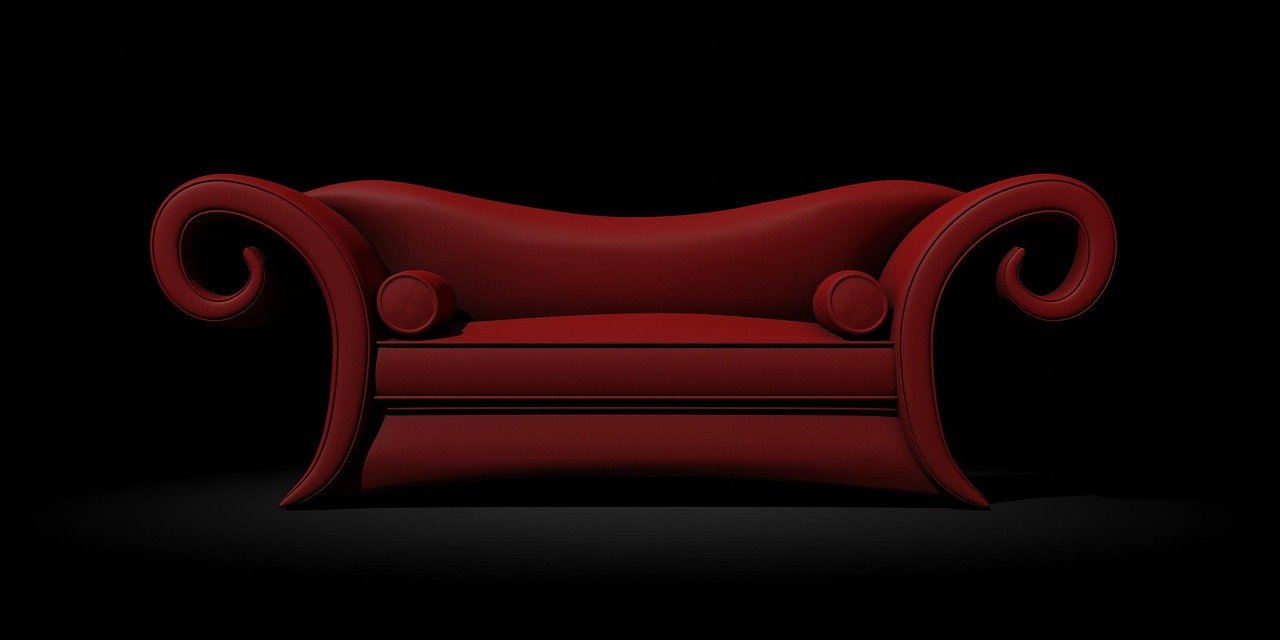In the world of hospitality and business design, furniture plays a critical role in shaping experiences. It’s more than just décor—furniture defines how customers, employees, and guests interact with a space. As we move into 2025, businesses are increasingly asking: should they invest in commercial furniture or resort furniture?
Both categories serve unique purposes, and the right choice depends on the environment, audience, and long-term goals of the space. This guide explores the differences, benefits, and use cases of each to help you make an informed decision.
Understanding Commercial Furniture
Commercial furniture is designed for high-traffic environments such as offices, restaurants, hotels, and retail spaces. Built for durability and function, it often balances comfort with the ability to withstand constant use.
Key characteristics include:
- Durability: Made with heavy-duty materials to handle daily wear and tear.
- Functionality: Prioritises ergonomics and efficiency for staff and customers.
- Versatility: Available in a wide range of designs to suit different business needs.
A well-prepared commercial furniture guide provides insights into choosing the right pieces that maximise efficiency and align with a company’s brand identity.
When to Choose Commercial Furniture
- Corporate offices that require ergonomic workstations.
- Restaurants and cafes looking for durable seating and tables.
- Retail shops needing functional display units.
- Hotels and airports where furniture must accommodate hundreds of users daily.
Commercial furniture thrives where resilience and practicality are non-negotiable.
Understanding Resort Furniture
Resort furniture, on the other hand, focuses on leisure and relaxation. Designed to create a sense of escape, it combines aesthetics with comfort, ensuring guests enjoy a luxurious experience.
Key characteristics include:
- Luxury materials: Often uses natural woods, rattan, and weather-resistant fabrics.
- Comfort-first design: Softer seating, loungers, and daybeds encourage relaxation.
- Aesthetic appeal: Crafted to complement natural surroundings and architectural themes.
For businesses catering to holidaymakers, a resort furniture guide offers practical advice on selecting pieces that enhance the guest experience while withstanding outdoor conditions.
When to Choose Resort Furniture
- Resorts and spas prioritising guest comfort.
- Luxury villas and boutique hotels creating unique experiences.
- Outdoor areas like poolside decks, patios, and beachfront lounges.
- Hospitality spaces where design and atmosphere drive guest satisfaction.
Resort furniture is ideal when the priority is to create a serene, indulgent environment.
Commercial vs Resort Furniture: How They Differ
Although both categories aim to create functional spaces, the way they achieve this is very different. Understanding these differences will help you choose the right option for your project.
Purpose
- Commercial furniture is built to support productivity, efficiency, and durability in high-use spaces such as offices, restaurants, or hotel lobbies.
- Resort furniture is designed to enhance leisure and relaxation, focusing on comfort and style to create memorable guest experiences.
Durability
- Commercial pieces are engineered to withstand constant use from staff, clients, or customers.
- Resort furniture is made to resist outdoor conditions like sun exposure, humidity, and salt air, without sacrificing comfort.
Materials
- Metals, laminates, and engineered woods are common in commercial spaces because they balance cost-effectiveness with resilience.
- Resort pieces often feature natural woods, wicker, rattan, and plush, weather-proof fabrics to create a warm, inviting atmosphere.
Design Approach
- Commercial furniture typically prioritises practicality and versatility, blending seamlessly into professional spaces.
- Resort furniture is more expressive, crafted to complement natural surroundings and encourage a sense of escape.
Where They’re Used
- Commercial: offices, schools, restaurants, airports, and retail spaces.
- Resort: beachfront lounges, pool areas, spas, villas, and holiday accommodations.
By looking at these differences side by side, it becomes clear that the right choice depends on whether your space is built for work, service, or relaxation.
The Role of Trends in 2025
The furniture industry is evolving, and both commercial and resort furniture are being shaped by new trends:
- Sustainability: Eco-friendly materials, recycled fabrics, and low-emission manufacturing are in demand.
- Smart features: Commercial spaces may see furniture with integrated charging ports or modular adaptability.
- Outdoor living: Resort furniture is increasingly blending indoor comfort with outdoor durability.
- Customisation: Businesses want unique pieces that align with branding and storytelling.
Whether you lean toward commercial or resort furniture, staying aligned with these trends ensures your investment remains relevant.
Making the Right Choice
The choice between commercial and resort furniture comes down to three core factors:
- Purpose of the space: Is it for work, dining, or relaxation?
- Audience needs: Do you need to cater to busy professionals or leisure-seeking guests?
- Budget and durability: Can you invest in luxury, or do you need practical, long-lasting solutions?
Some businesses may even combine both approaches. For example, a hotel might use commercial furniture in its conference rooms and resort furniture in its outdoor lounges. This balance ensures the right atmosphere for each setting.
Mistakes to Avoid
When selecting furniture, avoid these common pitfalls:
- Choosing style over function in commercial spaces.
- Ignoring durability in resort environments where weather is a factor.
- Overcrowding spaces with too many pieces.
- Forgetting accessibility for all guests.
A thoughtful strategy prevents costly replacements and enhances long-term guest satisfaction.
Conclusion
Furniture plays a defining role in shaping experiences, whether in professional or leisure environments. Commercial furniture prioritises durability, function, and practicality, while resort furniture focuses on comfort, luxury, and atmosphere.
As 2025 approaches, businesses must weigh their priorities carefully. A commercial furniture guide can help companies make smart investments for high-traffic spaces, while a resort furniture guide provides insight into creating unforgettable guest experiences in hospitality settings.
Ultimately, the right choice depends on your space, audience, and long-term goals. By aligning furniture decisions with both operational needs and emerging trends, businesses can create environments that are not only functional but also memorable.
YOU MAY ALSO LIKE: Refresh your home with practical steps to prepare for new design styles and lasting comfort

